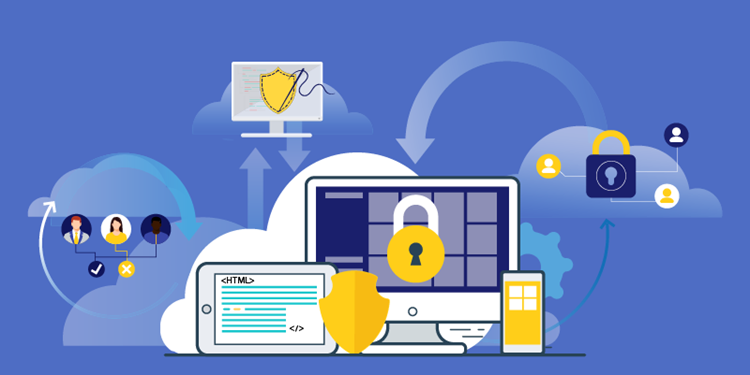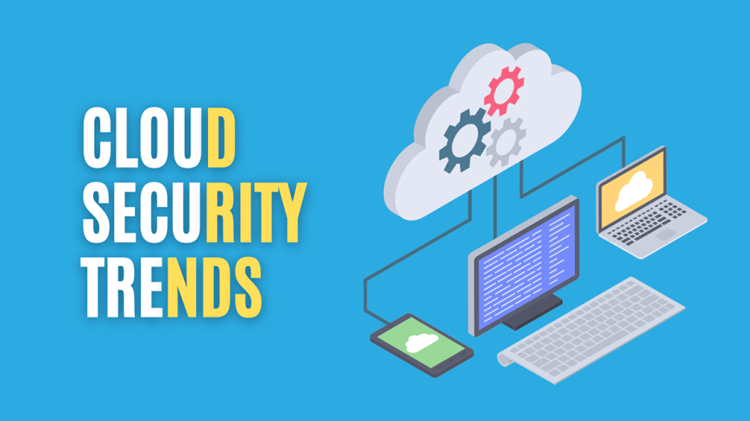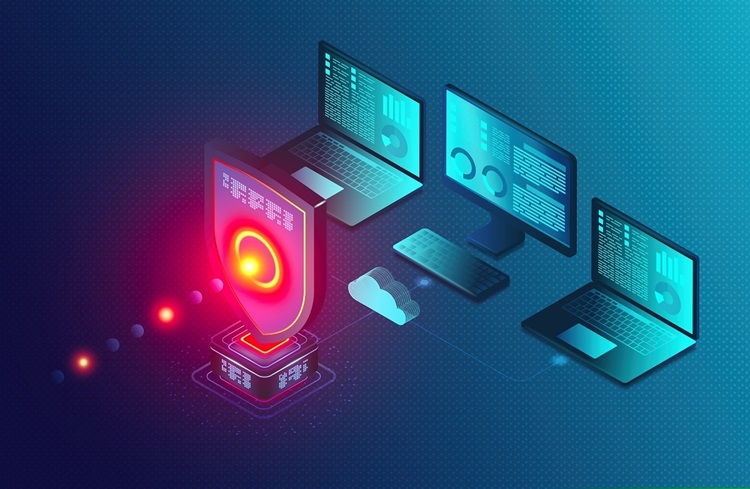In the fast-paced digital landscape of today, application security testing stands as an indispensable pillar ensuring the fortification of digital assets against potential threats and vulnerabilities. Among the myriad of methodologies that exist to uphold this imperative, Static Application Security Testing (SAST) and Dynamic Application Security Testing (DAST) emerge as pivotal guardians, each wielding distinct techniques tailored to scrutinize and fortify digital defenses.
Demystifying SAST: A Deep Dive
Static Application Security Testing (SAST), also known as white-box testing, assumes a proactive stance in fortifying software security. It scrutinizes source code, byte code, or binary code to identify security vulnerabilities without executing the application. This method meticulously analyzes the code structure, logic, and dependencies to uncover potential weaknesses that adversaries could exploit.
Advantages of SAST
- Comprehensive Code Analysis: SAST delves deep into the codebase, unveiling vulnerabilities across the entire application spectrum, including libraries and third-party components.
- Early Detection: By identifying vulnerabilities during the development phase, SAST facilitates timely remediation, thereby preempting security breaches in the later stages of the software lifecycle.
- Integration with CI/CD Pipelines: Seamless integration of SAST into Continuous Integration/Continuous Deployment (CI/CD) pipelines enables automated security checks, fostering a culture of security-conscious development.
Unraveling the Dynamics of DAST
Contrary to SAST, Dynamic Application Security Testing (DAST), also known as black-box testing, assesses the security of running applications. It simulates real-world attacks, probing the application for vulnerabilities while it is in operation. By mimicking the actions of potential attackers, DAST provides insights into vulnerabilities that may evade static analysis.
Advantages of DAST
- Real-World Simulation: DAST mimics the behavior of malicious actors, providing a realistic assessment of an application's security posture under dynamic conditions.
- Scalability and Flexibility: DAST is adept at testing complex web applications, offering scalability and flexibility across diverse environments and architectures.
- Identification of Runtime Vulnerabilities: By scrutinizing the application during runtime, DAST uncovers vulnerabilities that manifest only under specific conditions, thereby enhancing the depth of security assessment.
Striking the Balance: SAST vs. DAST
While SAST and DAST wield distinct methodologies, their synergy is paramount in fortifying the cybersecurity landscape comprehensively. SAST excels in uncovering code-level vulnerabilities during the development phase, providing developers with actionable insights to rectify issues at the root level. On the other hand, DAST complements SAST by evaluating runtime vulnerabilities, ensuring the robustness of applications under dynamic conditions.
The Power of Integration
Integrating SAST and DAST into a cohesive Application Security Testing (AST) framework empowers organizations to adopt a multi-faceted approach towards cyber resilience. By leveraging the strengths of both methodologies, organizations can mitigate security risks comprehensively, safeguarding their digital assets against evolving threats.
Embracing a Proactive Security Paradigm
In an era dominated by incessant cyber threats, the significance of application security testing cannot be overstated. Organizations must adopt a proactive stance towards security, integrating SAST and DAST into their software development lifecycle to fortify digital defenses comprehensively. By prioritizing security from inception to deployment, organizations can navigate the digital landscape with confidence, safeguarding their assets against the ever-evolving threat landscape.
Conclusion
In the relentless pursuit of digital innovation, security must remain at the forefront of organizational priorities. Through the concerted implementation of SAST and DAST, organizations can fortify their cyber defenses, preempting potential threats and vulnerabilities proactively. By embracing a proactive security paradigm, organizations can navigate the digital landscape with confidence, safeguarding their digital assets against the perils of the cyber realm.










%20Advantage.jpg)



